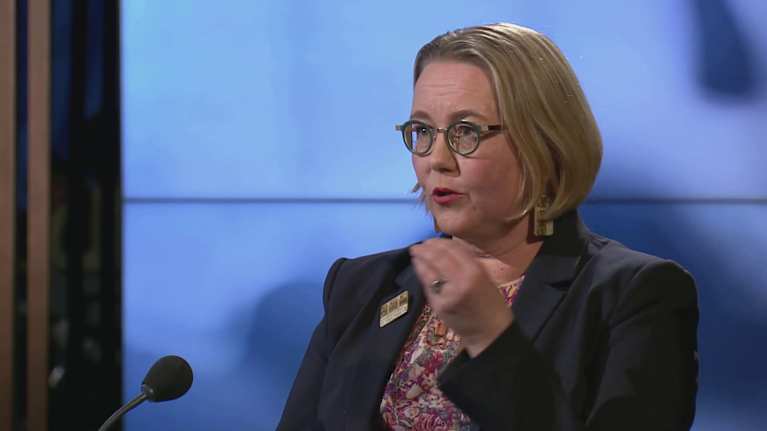Radio | News week in plain Finnish | Sunday 6.7.2025
Healthcare call response rate
Listen
You can read the news simultaneously below.
Response rate for healthcare calls
This time, the topic of the news week is the response speed of the healthcare telephone service.
Yle tested how quickly people can access healthcare in different parts of Finland.
The test revealed that the place of residence has a significant impact on response speed.
We will now tell you more about healthcare telephone services and their problems.
Open image viewer
There are big differences in call response times in different regions. Photo: Mostphotos
Response time
Welfare areas must answer calls for non-urgent health matters during the same day. This is the law.
If a person calls the non-urgent hotline, they must be answered or called back before the health center closes. Many welfare areas fail to do this.
In many welfare areas, dozens of calls are left waiting for a callback every day until the next day or even longer.
In the Yle test, calls were made to the health services of four welfare areas.
The Kymenlaakso Welfare Region was the fastest to respond to the call. It responded within a few minutes.
The longest wait was in Ostrobothnia. In Ostrobothnia, the answer came only the next day.
Pirkanmaa welfare region
Yle also requested information from all welfare areas on how quickly they answered calls in May.
Some welfare areas are very successful in answering calls. For example, the Pirkanmaa welfare area answers almost all non-urgent calls within the same day.
Pirkanmaa has changed its shift planning so that there are enough staff working in the afternoons as well. This means that Pirkanmaa can quickly answer even the last calls in the afternoon.
Open image viewer
Kristiina Patja, professor of health care at the University of Helsinki, says that the difference in response times violates equality.
Equality problem
The difference in response rate causes an inequality problem because the place of residence affects the response rate.
This is what health care professor Kristiina Patja says.
Inequality is also caused by the difference between public healthcare and occupational healthcare.
Almost 2 million Finns can use occupational healthcare. Treatment in occupational healthcare is usually available quickly.
For example, pensioners and the unemployed often have to wait longer for treatment because they cannot access occupational health care.
Repetition
The topic of the week in the news was the response speed of healthcare telephone services.
Yle tested response times and Yle also requested information from all regions about their response times.
Response times for non-urgent healthcare calls vary across regions.
This creates an inequality problem because place of residence affects the speed of healthcare.
This was a news week in plain Finnish. See you again, let’s hear from you!

